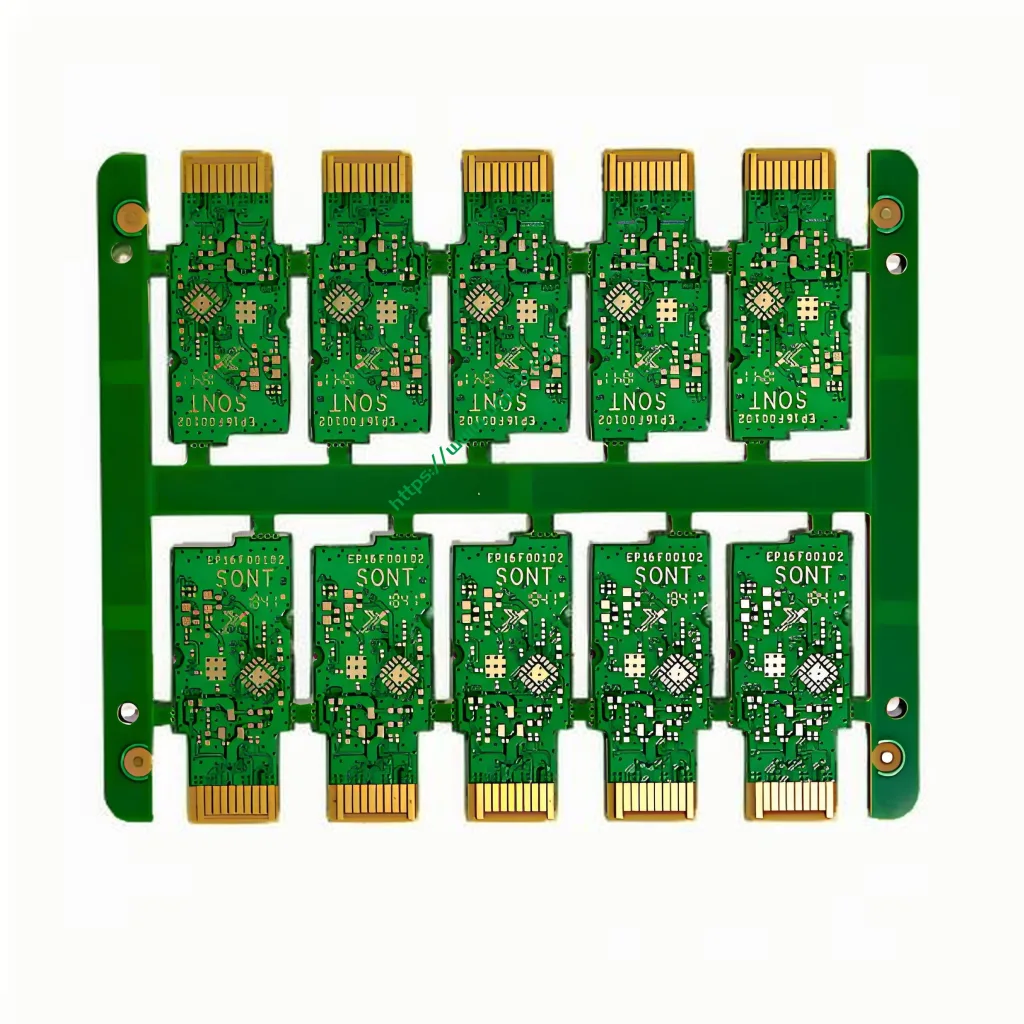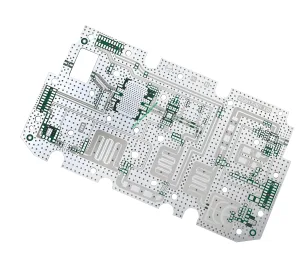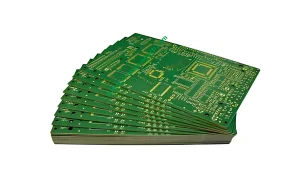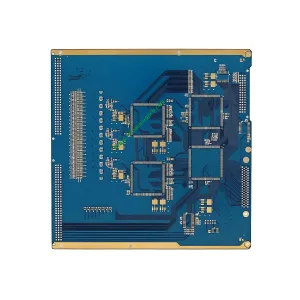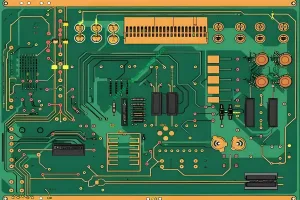ВВЕДЕНИЕ В ОПРЕДНАЯ МОДЕЛА
Обзор и определение
Опт-модульные платы модуля, также известный как волоконно -оптические доски, специализированные печатные платы (печатные платы) Разработано для использования в системах оптоволоконной связи. Эти печатные платы являются интегральными компонентами в современных сети телекоммуникаций и передачи данных из-за их способности обрабатывать высокоскоростную передачу данных с минимальной потерей сигнала.
Цель и приложение
Основная цель платы с оплодотворенным модулем-обеспечить надежную платформу для монтажного и взаимосвязанного оптических компонентов, таких как лазеры, Фотографии, и другие оптоэлектронные устройства. Эти печатные платы обычно используются в:
- Телекоммуникационное оборудование
- Центры обработки данных
- Высокоскоростные сетевые устройства
- Медицинское оборудование для визуализации
- Промышленные системы автоматизации
Классификация
Оптичные модульные платы модуля могут быть классифицированы на основе нескольких критериев, включая:
- Количество слоев (например, однослойный, двусторонний, многослойный)
- Материальная композиция (например, ТРОН МЕНЯ 6, Panasonic M6)
- Контроль импеданса (например, 50 Ом, 100 Ом)
- Обработка поверхности (например, Погружение золота, Золотые пальцы)
Материал и строительство
Материал
Оптическая модульная плата модуля использует мегтрон 6, также известен как Panasonic M6, который представляет собой высокопроизводительный материал, предлагающий превосходную тепловую стабильность и механическую прочность. Это делает его идеальным для приложений, требующих долговечности и надежности.
Строительные детали
- Слои: Печатная плата состоит из 8 слои, обеспечение достаточно места для сложных конструкций цепи и размещения компонентов.
- Цвет: Доступно в зеленом и белом, обеспечение легкой дифференциации и идентификации в различных приложениях.
- Готовая толщина: Печата имеет готовую толщину 1,0 мм, оптимизация как структурной целостности, так и пространственной эффективности.
- Толщина меди: С толщиной меди 1 унции (унция), ПХБ обеспечивает эффективную электрическую проводимость.
Характеристики производительности
- Контроль импеданса: Печатная плата поддерживает значения импеданса 100 ± 7% и 50 ± 10%, Обеспечение постоянного качества передачи сигнала.
- Скорость: Способен обрабатывать скорость до 400 г, сделать его подходящим для высокочастотных приложений.
- Толерантность: Допуск между золотым пальцем и краем пластины составляет ± 0,05 мм, Обеспечение точного выравнивания и надежности соединения.
Производственный процесс
Процесс производственного процесса сковородочной платы модуля включает в себя несколько этапов, включая:
- Подготовка материала: Выбор и подготовка базового материала (ТРОН МЕНЯ 6).
- Наложение слоев: Укладка нескольких слоев материала печатной платы для достижения желаемой толщины и функциональности.
- Шаблон травления: Использование химического травления или лазерной резки для создания схем схемы на каждом слое.
- Ламинирование: Сжатие слоев вместе под высоким давлением и температурой, чтобы сформировать единую единицу.
- Покрытие: Применение медного покрытия на поверхность печатной платы для обеспечения хорошей электрической связи.
- Обработка поверхности: Обработка поверхности погружением золота и добавление золотых пальцев для улучшения проводимости и коррозионной стойкости.
- Контроль качества: Проведение строгого тестирования, чтобы обеспечить соответствие печатной платы все характеристики производительности.
Ключевые функции и преимущества
- Высокая целостность сигнала: Поддерживает чистоту сигнала на больших расстояниях, решающий для волоконно -оптической связи.
- Долговечность: Сделано из надежных материалов, которые выдерживают жесткие условия окружающей среды.
- Точность: Высокая точность в производстве обеспечивает надежные соединения и минимальную потерю сигнала.
- Универсальность: Подходит для широкого спектра приложений из -за его адаптируемой конструкции и свойств материала.
Сценарии использования
Оптичные модульные платы модуля необходимы в сценариях, где высокоскоростная передача данных имеет критическую, такой как:
- Телекоммуникационные сети: Обеспечение плавного потока данных на огромных расстояниях.
- Центры обработки данных: Поддержка основы операций хранения данных и поиска данных.
- Медицинское оборудование: Повышение эффективности диагностических и визуализационных устройств.
- Промышленные применения: Облегчение систем автоматизации и управления с высокой точностью и надежностью.
В заключение, Оптовая модульная печатная плата представляет собой вершину технологического прогресса в сфере высокоскоростной передачи данных. Его тщательный дизайн, превосходные материалы, и строгие производственные процессы в совокупности способствуют его беспрецедентной производительности и надежности, Сделать его незаменимым компонентом в современных телекоммуникациях и инфраструктурах центров обработки данных. Будь то молниеносные интернет-соединения или обеспечение точности медицинской визуализации, Эта печатная плата является свидетельством изобретательности человека в использовании силы света для передачи информации.
 ЛОГОТИП УГКПБ
ЛОГОТИП УГКПБ

